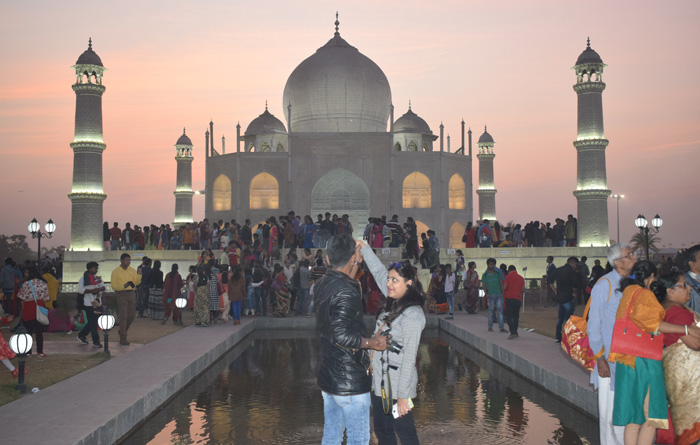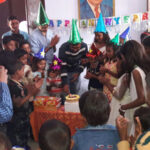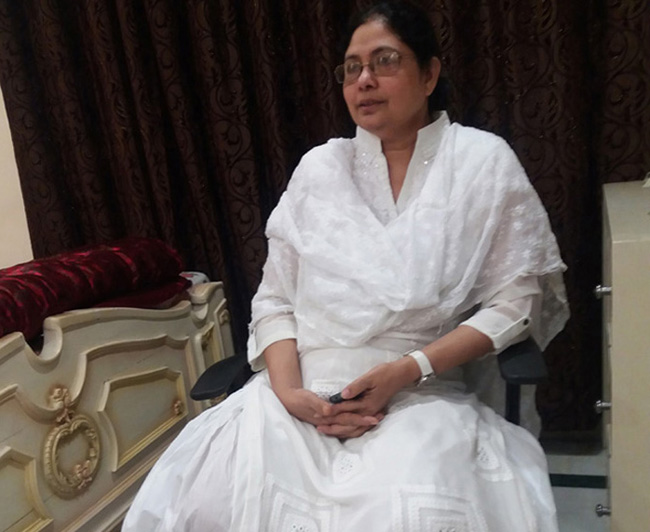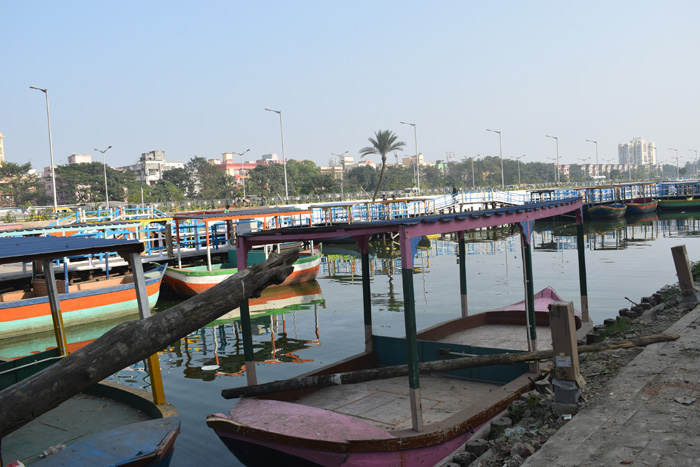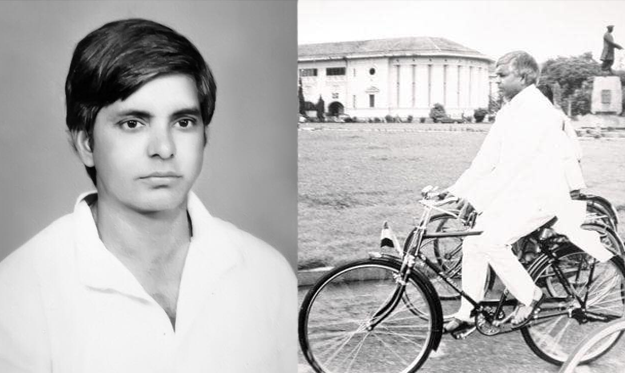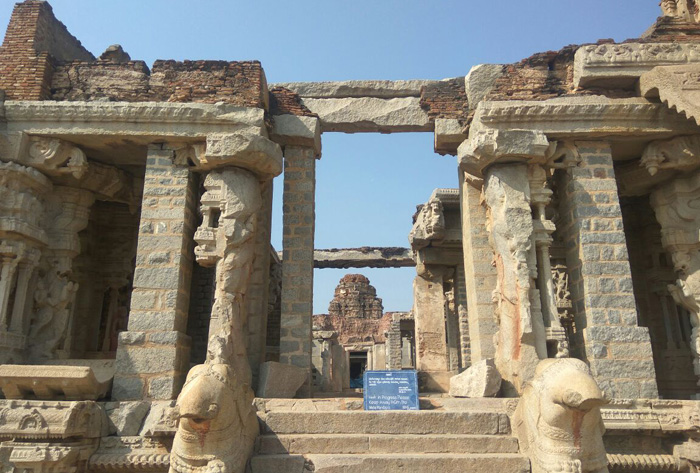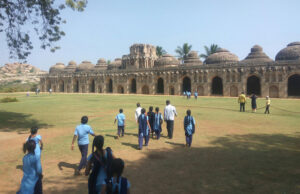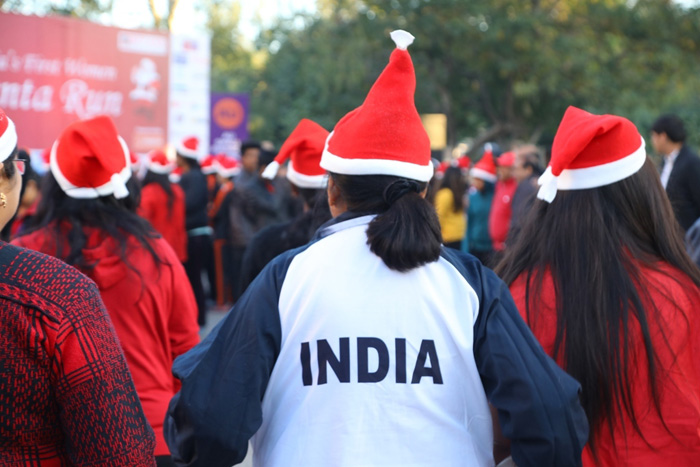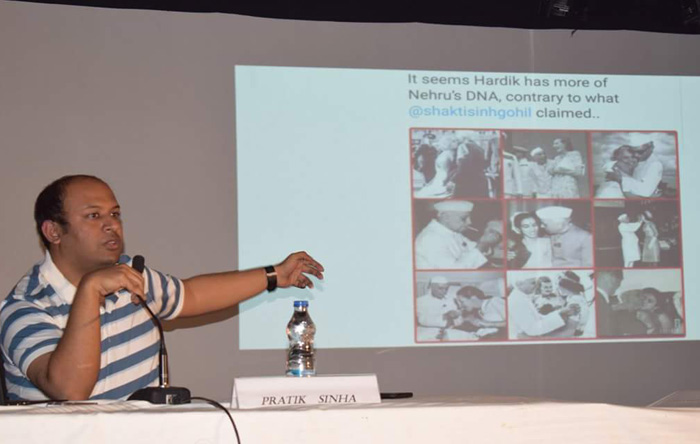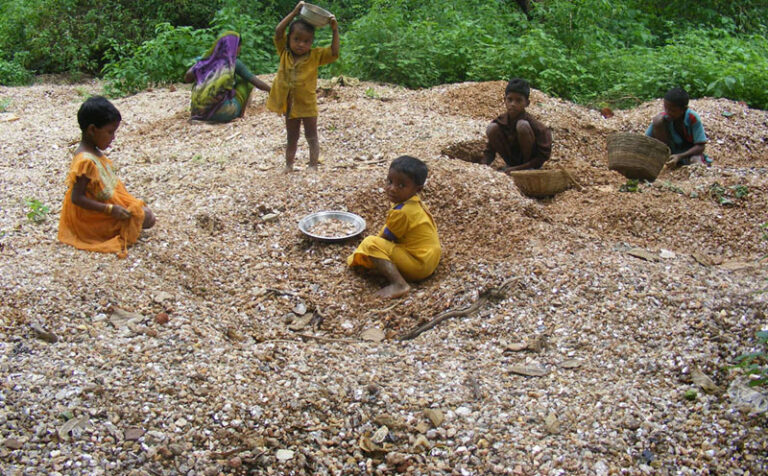GIRIDIH, India (Thomson Reuters Foundation) – Since 12-year-old Laxmi Kumari was buried alive in a mica mine eight months ago, her family’s grief has turned to despair on realizing promises by global companies to end child labor in the mines in eastern India have so far led to nothing.
Just over a year ago, a Thomson Reuters Foundation investigation found children in India were dying in the depths of crumbling, illegal mines for the prized mineral that puts the sparkle in make-up and car paint – but their deaths covered up.
The discovery that seven children had died in two months alone prompted pledges by multinationals sourcing mica from India to clean up their supply chains, and state authorities vowed to accelerate plans to legalize and regulate the sector.
But returning to the major mica producing areas in India’s Jharkhand and Bihar states in recent weeks, the Thomson Reuters Foundation found that children were continuing to die in these remote, abandoned “ghost” mines.
Interviews with local communities, government officials and charity workers, along with local newspaper reports, revealed at least nine people – including Laxmi and three other children – have died in collapses at unregulated mines this year.
Laxmi and three others from her village in Jharkhand’s Giridih district, including a teenage girl, died on May 1.
By the time her mother Parwatiya Devi got word that the mine had collapsed and made the one hour trek from her village to the makeshift mine, it was too late.
“We dug with our bare hands. We found my younger daughter who had clawed and dragged herself out of soil despite her broken leg,” said Parawatiya, sitting beside the 10-year-old who could still barely walk, outside their mud home in Duba village.
“But Laxmi was dead by the time we found her. She was not breathing. There was no life in her.”
TOLL MUCH HIGHER
Campaigners fear the death toll is likely much higher than nine as bodies are often not recovered from the rubble, or are quickly and silently cremated in the forests by mine operators.
Yet as children continue to risk their lives, an initiative set up in January and backed by multi-billion dollar companies to end child labor in India’s mica supply chain by 2022 has failed to have any tangible action on the ground, they said.
The Responsible Mica Initiative (RMI) – whose 39 members include cosmetics firms Estee Lauder and L‘Oréal, and German drugs and chemical group Merck KGaA – has raised little funds, and village activities to curb child labor have not started.
“The RMI is an initiative with a lot of promise, yet it has in the last year failed to live up to that promise,” said Sushant Verma from Nobel Laureate Kailash Satyarthi Children’s Foundation (KSCF), a charity working to end child labor in mica mines for over a decade that initially supported the RMI.
“Could the companies have done more? The answer is yes. They had a year and yet there is little to show on the ground. Children are dying in these mines, but there is no sense of urgency to really tackle the problem.”
The Paris-based RMI, however, said its first year was a “preparation year” dedicated to setting up the organization, enlisting members and raising funds. Projects to improve the lives of rural communities are expected to begin next year.
“When I compare many other initiatives, it’s incredible that already around 40 members have decided to join and take action altogether and have a five-year program with real impact,” said RMI’s Executive Director Fanny Frémont.
“I don’t think it could have been done any quicker. You need to align all the stakeholders. It’s actually a very short time if you compare it to similar organizations.”
RMI members such as Merck KGaA dismissed claims the poor show of funds in 2017 – around 4 percent of its targeted budget of $12 million – reflects a lack of commitment from corporates.
Many companies have also dedicated resources, such as staff time and expertise, which cannot be monetized, they said.
“2017 was a preparation phase for RMI set-up and even not a full year for collecting contributions,” said Matthias Lergenmueller from Merck KGaA, which holds RMI’s vice-presidency and will take over as RMI president in January 2018.
“The increased number of members by 2017 year-end and higher contributions of individual members will certainly make sure the full budget will be reached for the entire project duration at RMI, namely for the implementation phase starting 2018.”
COVER-UPS AND BLOOD MONEY
India is one of the world’s largest producers of the silver-colored mineral found in a list of consumer goods from make-up and car paint, to electronics and construction materials.
Once boasting over 700 mines with over 20,000 workers, the industry was hit by 1980 legislation to limit deforestation and the discovery of substitutes for natural mica, forcing most mines to close due to cost and stringent environmental rules.
But renewed interest in mica from China’s economic boom and a global craze for “natural” cosmetics saw illegal operators scurry to abandoned mines, creating a lucrative black market.
In one of the poorest regions of India, children as young as five are part of an opaque supply chain – beginning in Giridih’s decrepit mines and ending in Paris’ fragrant beauty stores.
Indian law forbids children below the age of 18 working in mines and other hazardous industries, but many families living in extreme poverty rely on children to boost household incomes which average around 200 rupees ($3) daily.
“I started going to the mines with my parents when I was about five or six years old,” said a former child worker Basant Kumar, now 22, from Faguni village, a mud-and-brick settlement of 40 families in Bihar’s Nawada district.
“There was no school in the village then and there was no-one to look after me so I went along with my parents … We knew it was dangerous but there was little choice.”
The Thomson Reuters Foundation’s August 2016 investigation found child workers not only suffer injuries and respiratory infections but they risked being killed with deaths hushed-up.
In some cases, the victims’ families are threatened by mine operators or buyers not to report the deaths, or they are given “blood money” to keep silent so the illicit industry continues with few other ways to earn money available.
Campaigners estimate this illegal trade accounts for some 25 percent of the global production of mica and involves up to 50,000 child workers in India.
“TOP-MOST PRIORITY”
In the past year, the Jharkhand government has moved ahead with plans to legalize and regulate the industry.
Geological surveys to determine the size of mica deposits are underway and demarcated blocks will be auctioned next year.
The state has also begun selling old mica dumps where children often gather, squatting with small hammers which they use to break off shiny flakes of mica from discarded rocks.
Sunil Kumar Barnwal, Jharkhand’s Secretary for Mines, said legalization will ensure fairer wages, health and safety standards for workers, and inspections to check on child labor.
“Legalizing the industry is one of our top-most priorities,” Barnwal told the Thomson Reuters Foundation by phone from Ranchi, Jharkhand’s state capital.
“It will solve the child labor problem to a certain extent because it will come under regulation and that will help enforcement agencies to enforce the law and ensure any work in the mines is governed by labor laws.”
District officials said schemes to help communities shift from mica to other forms of income generation such as goat and cattle-rearing are being rolled out while police are cracking down on so-called “mica mafias” by conducting raids on mines.
But they added multinational firms – who have for decades profited from purchasing the mineral at dirt-cheap rates from India’s illegal mica trade – must also play their part.
Slideshow (2 Images)
“These companies have a responsibility. The problem is this has all been an illegal process and we couldn’t involve them before,” said Uma Shankar Singh, Giridih’s district collector.
“But once mica mining is legally authorized, they will be expected to do corporate social responsibility activities to improve the lives of the communities.”
CHILD-FRIENDLY VILLAGES
Some corporates have in recent years attempted to address the problem of child workers in their supply chains.
Merck KGaA, which procures most of its mica from India, said it has completely overhauled its supply chain since 2008, only sourcing from legal, audited child labor-free mines.
The firm said it runs three schools, a health center and provides tailoring and carpentry training courses to villagers.
Cosmetics manufacturer Estée Lauder Cos Inc said even though less than 10 percent of its mica is from India, it has been working with KSCF’s sister agency Bachpan Bachao Andolan, since 2005 to eliminate child labor by funding schools in mica areas.
Another major buyer, Chinese pigment manufacturer Fujian Kuncai Material Technology Co Ltd, said in 2016 it donated 500,000 euros ($591,330) to child rights group Terre des Hommes (TDH) to fund KSCF to establish 20 “child-friendly villages”.
The child-friendly village model is a three-year project developed and implemented by KSCF, where villages ban child labor and all children aged under 14 go to school. They also learn their rights and collectively organize to speak out.
But corporate representatives admit their efforts up until last year had barely made a dent toward ending child labor, as a collective effort from all stakeholders was missing – which is why RMI was established.
However, representatives from some civil society groups said RMI’s progress has been disappointing, and development activities could have begun earlier if RMI members had paid their dues quicker to fund local charity projects on the ground.
RMI raised 400,000 euros in its first year.
“The money needed is peanuts for these companies who earn such big profits,” said a senior representative from a charity fighting child labor in mica who did not want to be named.
RMI’s Frémont said the organization hoped to raise up to 1.5 million euros in 2018, mostly to fund grassroots activities.
She added RMI was also working with KSCF to establish 40 child-friendly villages – but KSCF said this work started before RMI was set up and could not be directly attributed to the RMI.
Fujian Kuncai said, in partnership with RMI members electronics company Phillips and TDH, it gained a 450,000 euro grant in October from the Dutch government to improve conditions for mica miners such as ensuring fair prices.
Companies said they have made progress toward mapping the mica supply chain by developing software tools to allow them to securely provide their data without sharing it with competitors.
RMI founding member, cosmetics firm L‘Oréal – which states over 99 percent of its mica comes from “legal gated mines” free of child workers – said companies will begin divulging supply chain details when the technology is piloted next year.
“Our ambition with our partners and the RMI is to achieve a compliant and fair mica sector in India over the next five years,” a spokesperson from L‘Oréal said.
But for communities in these remote, forested pockets of Jharkhand and Bihar, the promises at the top of the mica supply chain have not so far stopped children being sent to the mines.
“I don’t know about any company coming and helping here. I don’t even know what this mica is used for,” said Parwatiya.
“But even with the death of my child and three others in this village, people are still sending their children to collect mica. That’s all we have. There is nothing else.”



